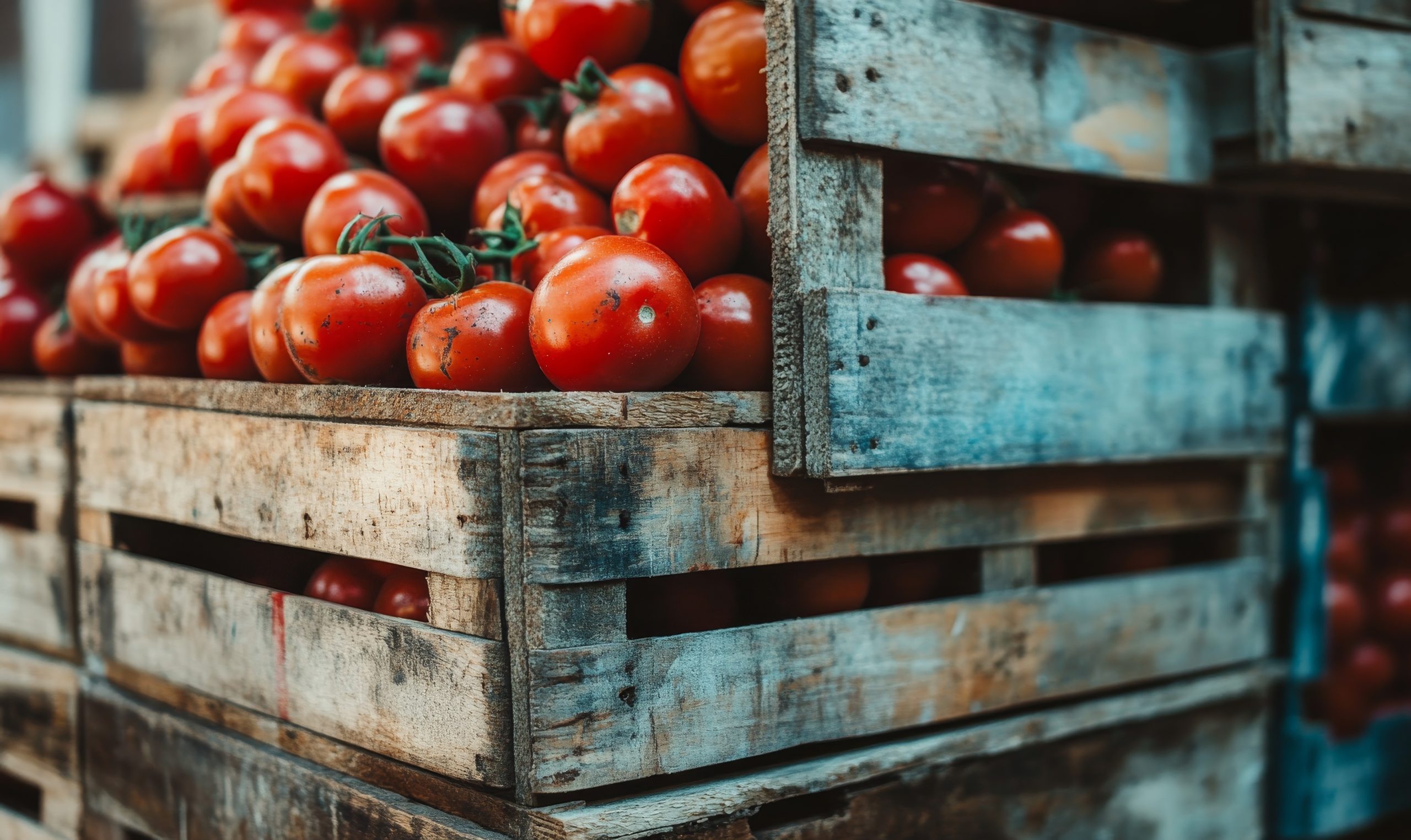Farm to Fight Hunger and Redwood Empire Food Bank transform surplus into creative meals
Ivanka Trump and Chobani founder Hamdi Ulukaya made headlines this week with a Fortune op-ed calling for a new way to fight hunger: stop tossing out “ugly” produce and start using the whole harvest. Their venture, Planet Harvest, wants to connect farmers’ surplus crops with businesses and nonprofits, turning what used to rot in the field into meals.
If that sounds familiar, it’s because Sonoma County has been doing it for years.
Gleaners on the ground
In Healdsburg, Farm to Pantry sends volunteers into orchards, vineyards and backyard gardens to pick everything from misshapen apples to oversize zucchini. The nonprofit has delivered more than 3 million servings of rescued produce since it started. Director Duskie Estes says the idea is simple: Sonoma County grows plenty; no one here should go hungry.
From fields to food banks
The Redwood Empire Food Bank runs one of the largest fresh food operations in California. A Windsor nonprofit farm, Farm to Fight Hunger, plants crops specifically to donate. Nothing is sold; every harvest goes to families in need.
When the farm had a bumper crop of green tomatoes, the food bank kitchen turned them into “mock apple” pies. Chef Don Nolan said the pies tasted like the real thing and showed how creativity can transform food that might otherwise be wasted.
State rules push the issue
California’s SB 1383 law requires grocery stores and large food businesses to donate surplus food instead of throwing it out. In Sonoma County, Zero Waste Sonoma and Conservation Corps North Bay coordinate refrigerated trucks that pick up thousands of pounds of food each month from supermarkets like Safeway and Whole Foods. That food goes straight into pantries, school meal programs and the food bank.
A community ethos
What Trump and Ulukaya are pitching nationally—corporate supply chains partnering with nonprofits—is already happening locally. Sonoma County’s gleaners, food banks and county programs show that the “whole harvest” model isn’t theory. It’s volunteers on ladders in apple orchards, high school kids loading boxes and chefs reimagining ingredients.
The national conversation is catching up to what’s been happening here for years: a community that sees abundance and refuses to let it go to waste.




